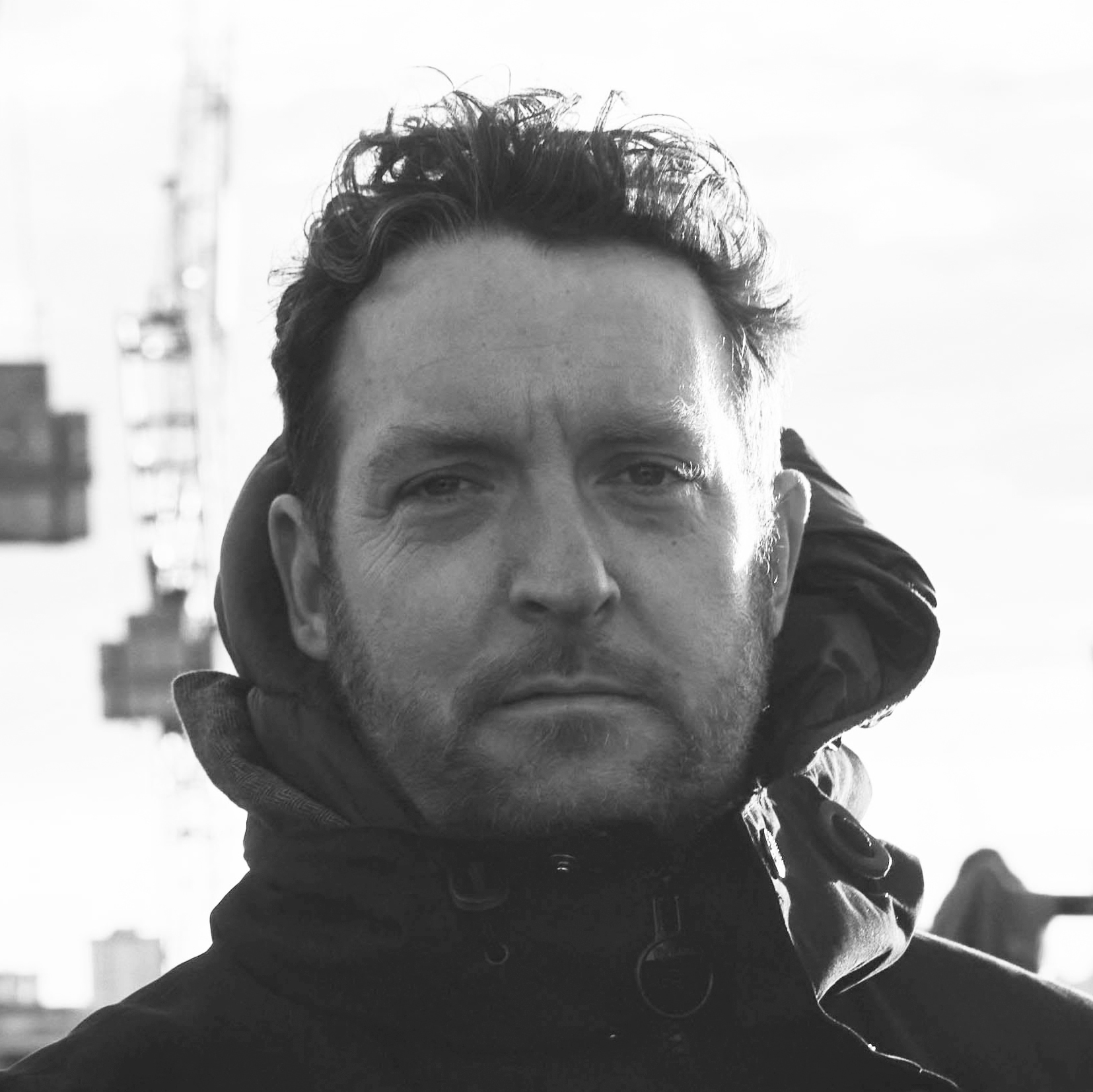Tell a story with your food images says Food Photographer of the Year
Jon Enoch shares award-winning image insights and offers first-hand tips to build, form, and develop your photography business

To capture the title-winning shot, Jon travelled to Mumbai, India, one of the busiest cities in the world. “I read an article years ago about food colourings in sweets, with candy floss as an example, so I could vividly see what the photo series would look like,” he says.
Although Jon won the title, he does not describe himself as a food photographer in the traditional sense. “Taking images of lasagne doesn’t interest me, I focus mainly on the human side of the equation. As a food image, it’s a bit different and in the world of photography different is your superpower”. When creating a personal project, Jon finds a back story that initially inspires him that has certain criteria he is looking for – and this idea ticked all his boxes.

“I always have a backup plan – and a backup for the backup plan. It might be spare kit or a quick fix if something goes down but also a spare idea if things aren’t working. I turn up before the subject to prepare everything in advance. You can never over-prepare.”
Photographing in Mumbai brings challenges, including the relentless heat and humidity and the sheer amount of people. Shooting at night was a good option, as the temperatures are slightly lower, it’s a bit less busy and the jet lag is less of an issue. Therefore, lighting was one of Jon’s first considerations along with the initial practicality. “What lighting can I take on the plane with me, what is portable and flexible as I don’t know the city layout. Then I ask myself what atmosphere I want to create from the lighting setup. It’s all about the atmosphere – enhancing what’s naturally there,” Jon says.
“Getting around in Mumbai is a nightmare and our setup with all the lighting attracted a lot of interest. We had an amount in cash for smoothing the way with local police, which is an unusual item to see on the production plan,” he explains. As the images were shot at night, Jon could control the lighting, and give it an unusual take. “I had a crew of two assistants, and we set up the shot with the lighting as quickly as we could with the crowds building up around us. The portrait was shot with a Canon 5DS R, with 50mm Sigma f/1.4 lens at 1/160 sec at f/5.6 and ISO 400,” Jon explains.

Jon is an award-winning London-based portrait, advertising and lifestyle photographer with a bold, uncomplicated approach to his work. This covers campaigns for advertising agencies, working directly with brands worldwide and he also shoots portraits of sports personalities, celebrities and CEOs.
Get inspired
Let your environment influence you to develop ideas with impact
“I allow inspiration to come to me in any guise – it could be something I see when walking around London, on TV or online. The smallest unusual item can spark an idea. I let my ideas stew for a while, if the concept keeps popping up, I know I’m onto a good idea. Once I’ve made a decision to do a personal portrait project, I don’t hang about. I get it planned and booked, often in fear that someone else will complete a similar project. Ideas are the key – original ideas are gold dust.”
Career Advice
First-hand tips to build, form and develop your photography business
1. Take every opportunity
“My most important tip for early career photographers is always to grab every opportunity that is offered to you. You don’t need to emerge fully formed. Take the opportunity and make the most of it – at the very least you will learn how to get better. There are great images everywhere, you have to get out there and find them.”
The best camera deals, reviews, product advice, and unmissable photography news, direct to your inbox!
2. Build your team
“I have a small and loyal mix of people I call upon so I can scale up and down for any shoot. I work with assistants, as you might expect, but as you grow, this will extend to other areas, such as accountants, kit hire houses, stylists, makeup artists and designers. Treat people well and they tend to put a shift in for you when you need them.”
3. Invest in yourself
“I put a fixed percentage of turnover into a separate bank account and 100 percent of that has to be spent on creative development. It’s a simple trick but one that works for me. If I have a few spare days between commercial assignments, then great. I can reinvest some of the cash into shooting a little personal project.”
This article originally appeared in Digital Photographer, a monthly magazine, and the kitbag essential for pros, enthusiasts, and amateurs alike!
Inside, you'll find practical guides, shooting tips, and techniques from working photographers, plus all the latest industry news.

Kim is a photographer, editor and writer with work published internationally. She holds a Master's degree in Photography and Media and was formerly Technique Editor at Digital Photographer, focusing on the art and science of photography. Blending technical expertise with visual insight, Kim explores photography's time-honored yet ever-evolving role in culture. Through her features, tutorials, and gear reviews, she aims to encourage readers to explore the medium more deeply and embrace its full creative potential.


